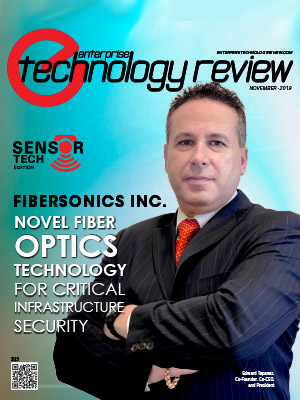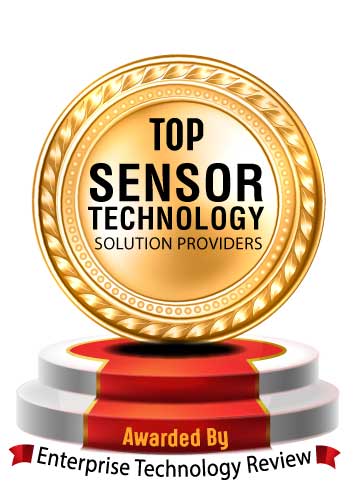Sensors are gaining traction across countless applications as we move to an increasingly connected world. Today, smart factories, smart cities, smart buildings, and connected individuals are using an array of smart sensors to gather real-time data for real-time insights and decision-making. Many of these applications require multiple sensors in a small footprint without performance degradation – and often with very low power requirements. Besides, with the trend towards digitization, multi-sensor integration is directly related to IoT proliferation and the expectation that everything is connected. In extremely small packages, the need to capture multiple measurement forms is driving the creation of multi-sensing components.
Also, sensors are becoming the largest and fastest-growing markets relative to the markets of computers and communication devices. They are found in smartphones, vehicles, security systems and even everyday objects such as coffee makers. In addition to consumer electronics, the Internet of Things (IoT), medical, industrial, defence, aerospace, robotics and artificial intelligence, agriculture, environmental monitoring, and deep-sea applications are the fields in which the sensors are present in a meaningful way.
Recently, with the introduction of new technologies, there is a paradigm shift in the sensor industry to make sensors smarter and smarter, which is experienced by the users. Manufacturers use specialized signal processing and conversion techniques and processes. The new sensors are more user-friendly, more accessible and versatile.
In addition, smart sensors use regular bus and wireless network interfaces to communicate with each other and microcontrollers (MCUs). Nowadays, sensors have integrated with many sensing elements and read-out circuitry which has come in a single silicon chip, that provides high accuracy and multiple functions. Network interference allows data transmission when extending the network. Manufacturers can easily diagnose sensor faults with user guidance for remote troubleshooting via the computer network.
A smart sensor consists of a series of analog and digital frames, each providing a particular function. Data processing and ADC features help improve sensor performance and measurement precision. Depending on the hardware (analog/digital) and implementations, there are a wide variety of sensors. Some of the new sensors, including IoT sensors, emissions sensors, RFID sensors, image sensors, biometric sensors, written sensors, and MEMS and NEMS sensors, have emerged as a great innovation and certainly boom the electronics market.
As a multitude of these applications is set to nurture the growth of sensor technology, Enterprise Technology Review has compiled a list of top 10 sensor technology solution providers to guide organizational leaders in harnessing the power of the technology to tackle today's business challenges, reduce workload, and increase efficiencies.
Bringing you a package of exciting and happening revelations in the sensor tech, our cover story, featuring Fibersonics, a sensor technology solution provider that leverages fibre optics technology for critical infrastructure security and monitoring. We have many such companies in this edition that provide various sensor solutions that help the companies enhance their capacity to observe and report on the world around them in real-time.
We present to you Enterprise Technology Review's " Top 10 Sensor Technology Solution Providers - 2019."

















